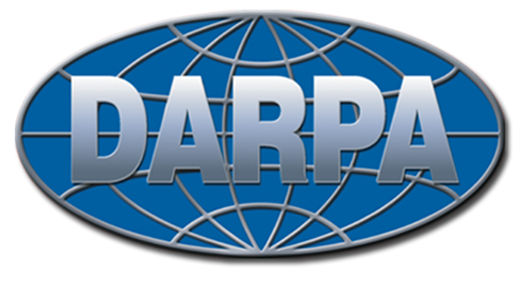Once upon a time there was a software company who had the world wide Operating System market all sewn up.
Then one day, along came a baby penguin, no great aspirations with regards to power and money, but a desire to provide a free alternative to the products provided by the software company. Not really appreciating the competition, the software company tried to down-play the baby penguin and declined to talk to it, sometimes dropping obstacles in it’s path to make it take the long way around .. but all the while the baby penguin continued on it’s path a grew into a full sized penguin so large, that eventually started to dwarf the software company. Eventually the software company realised (insert reason here) and started to talk the the Penguin, and they all lived happily ever after (?)
So, fairy tails aside, WSL is “Windows Subsystem for Linux”, which allows Linux ELF64 binaries to run on a Windows system, and it’s produced by Microsoft, apparently with the intention of making it a standard part of the Windows system. It works by running a real Linux kernel inside a virtual machine and providing a translation layer between this containerised kernel and the local Windows Desktop.
You can read about WSL in more detail on Wikipedia.
It would appear that this is an attempt to attract developers who need to develop for (typically) Linux based cloud and server environments. Previously it was sometimes considered challenging to develop on Windows and Deploy to Linux / Cloud based environments, partly because it’s generally easier to develop, test and deploy on the same Operating System, but also partly because historically there seems to have been no desire to have Windows talk to Linux .. (!)
My personal experience of walking into new projects over the last 10 years is that in a room full of developers who’ve chosen their own machines, they will all be using either Mac’s or Linux laptops, apart from the one guy sat in the corner nursing a Windows machine.
So, WSL2 is the latest version of a subsystem for Windows that allows you to run native Linux applications on your Windows desktop, which in theory gives you the best of both worlds. The unparalleled security and stability provided by Windows, and the performance, flexibility, features and freedom offered by Linux .. or something like that.
Listening to the guys at Microsoft, they do seem pretty genuine and interested in Linux, but I do have to wonder moving forward whether this really is Microsoft turning over a new leaf and working with the Open Source community, whether it’s a last-gasp before the Linux desktop really takes off … or something else. Anyway, given the history, Microsoft and Linux working together must be worth a look!












